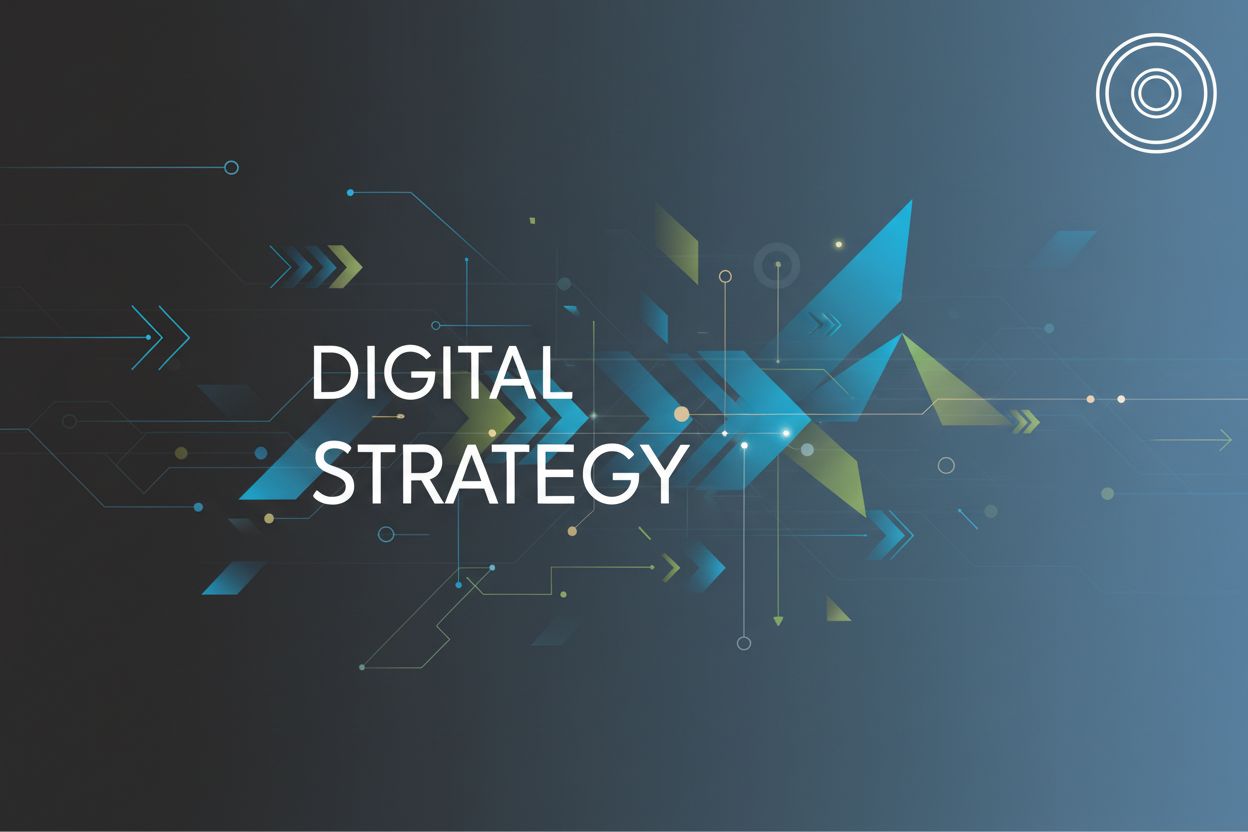Native Advertising Strategies: Effective Implementation and Timing
TL;DR
Understanding Native Advertising in Today's Digital Landscape
Native advertising, eh? It's kinda like that friend who always knows what to say to fit in – but is it too good to be true? Basically, native advertising is a type of paid media where the ad experience follows the natural form and function of the user experience in which it is placed. Think of it as advertising that blends in, like sponsored content on your favorite news site, or a product recommendation within a social media feed that looks like other posts. It's not about shouting your message; it's about weaving it into the content your audience is already consuming.
Why is this so crucial for modern brands? Well, people are getting better and better at ignoring the more obvious ads. We've all developed a kind of "ad blindness" to banners and pop-ups. Native ads, by mimicking the surrounding content, bypass this resistance. For advertisers, it means a better chance of engagement and a more positive perception of their brand. For publishers, it offers a way to monetize their content without disrupting the user experience too much.
For example, imagine a skincare brand writing a blog post about common skin issues on a healthcare site, offering helpful advice and subtly mentioning their relevant products. Or a travel company creating a visually appealing "Top 5 Hidden Gems in Italy" listicle on a popular travel blog. It's about providing value first, and promoting second.
Next up, let's look at how this has changed over time.
Aligning Native Advertising with Your Brand Identity
Native advertising can feel a bit like trying to convince people you're cool without, you know, actually trying. How do you make sure your native ads don't just blend in, but actually boost your brand? It's all about making sure your sponsored content feels like a natural extension of your brand, not some weird, out-of-place advertisement.
First off, make sure the ad's vibe matches your brand voice. If you're all about being super professional and authoritative, don't suddenly get all meme-y in your sponsored content. That's just confusing. Conversely, if your brand is playful and informal, a stiff, corporate-sounding ad will stick out like a sore thumb.
Pay attention to visuals, too! Keep the same colors, fonts, and overall aesthetic that people already associate with your brand. Consistency is key to building recognition and trust.
And don't be sneaky about it, tho. People appreciate transparency more than you think. Clearly labeling your content as sponsored, even if it blends in, builds credibility. It's about weaving your story into their space in an honest way.
Now, how do we actually tell those stories effectively?
Effective Implementation Strategies for Native Advertising
Alright, so you've got killer content, but nobody's seeing it? Time to fix that. It's not just about what you say, but where and how you say it, ya know?
Platform Choice is Key: Don't just throw your native ad on any old site. Think about where your audience actually hangs out and what they're looking for there. If you're selling, like, fancy accounting software, TikTok probably isn't your best bet. LinkedIn, however, is a professional network where business decision-makers are active and receptive to industry-specific content, making it a much better fit. For more visual products, platforms like Instagram or Pinterest might be ideal. The platform should align with the content and the audience's mindset.
Targeting, but make it smart: Don't just blast your ad to anyone who breathes. Use the platform's targeting options to get specific. Location, interests, job title – the more you narrow it down, the better. This ensures your message reaches the people most likely to be interested, making your ad spend more efficient.
Don't forget mobile! Seriously, everyone's on their phones. Make sure your native ads look good and load quickly on smaller screens, or you're just wasting your money. A clunky mobile experience will turn people off faster than you can say "bounce rate."
Next up, we'll look at measuring if this stuff is working.
The Importance of Timing in Native Advertising Campaigns
Timing, right? It's not just for comedians, it's make or break for native ads. I mean, who wants to see a winter coat ad in July? Nobody, that's who.
Hit 'em when they're hot: Figure out when your audience is most active and receptive. Are they scrolling during their morning commute, or late at night? You can often find this information in your platform analytics or social media insights. A/B testing different ad schedules can also help you pinpoint the optimal times. Tailor your ad schedule accordingly.
Seasons change, so should your ads: Think about holidays, events, and seasonal trends. A home improvement store might push gardening content in the spring, and, uh, maybe snow shovels in the winter. This relevance makes your ads feel less intrusive and more helpful.
Don't be a stalker, but...retarget: If someone visited your product page or showed interest in a specific topic, follow up with a native ad that speaks to their interests. This is where understanding user behavior comes in handy. Just, like, don't be creepy about it, ya know? Keep it helpful and relevant.
Getting the timing down? That's half the battle. Next, let's see how to measure if all this is even working.
Ethical Considerations and Best Practices
Okay, so native advertising can be super effective, but let's be real – it also opens up a can of worms if you're not careful. It's all about building trust, not tricking people into clicking.
First off, label your native ads clearly. No sneaky stuff. If it's sponsored, say it loud and proud. Readers need to know what's up, and, you know, respect that. This transparency is non-negotiable for maintaining credibility.
Make sure the average user can understand what's going on. Don't hide the ball with fancy legal jargon or tiny disclaimers nobody can read. Clarity is king.
User experience matters! Don't use super annoying or intrusive ad formats. Nobody likes those pop-up ads that take over the whole screen. I mean, seriously. Native ads should enhance, not detract from, the user's journey.
Respect user privacy, too. Follow the data protection regulations and all that jazz. Be mindful of how you collect and use data for targeting.
It's about building a relationship with your audience, not just getting a quick click. So keep things ethical, and you'll be golden.
Future Trends in Native Advertising
Okay, so what's next for native advertising? It's not gonna stay still, that's for sure. Think bigger, like way bigger.
ai is already changing stuff, like, big time. Imagine ai figuring out exactly what kinda native ad each person would click on. It's all about hyper-personalization, which means ads that feel like they were made just for you. ai can also help with content creation, suggesting headlines or even drafting ad copy, and it's getting really good at predictive analytics for ad placement, ensuring your ads show up at the most opportune moments.
Automation's a thing, too. No more manually tweaking campaigns. ai can do that stuff for you, like, 24/7. It's all about optimizing on the fly, so your ads are always performing their best. This frees up advertisers to focus on strategy rather than tedious adjustments.
Virtual reality and augmented reality? Yeah, those are gonna be native ad playgrounds soon. Imagine trying on clothes in a vr game and, uh, seeing a native ad for the actual clothes you're wearing, or interacting with a virtual product placement in an AR experience.
User behavior is changing fast, so native ads gotta keep up. People are spending more time in niche communities and less time on big social platforms. This shift means advertisers might need to focus on finding and engaging with these smaller, more focused communities rather than relying solely on broad social media reach. It requires a more targeted, community-centric approach to native advertising.
Native advertising's future? It's all about being smarter, faster, and way more personal.




